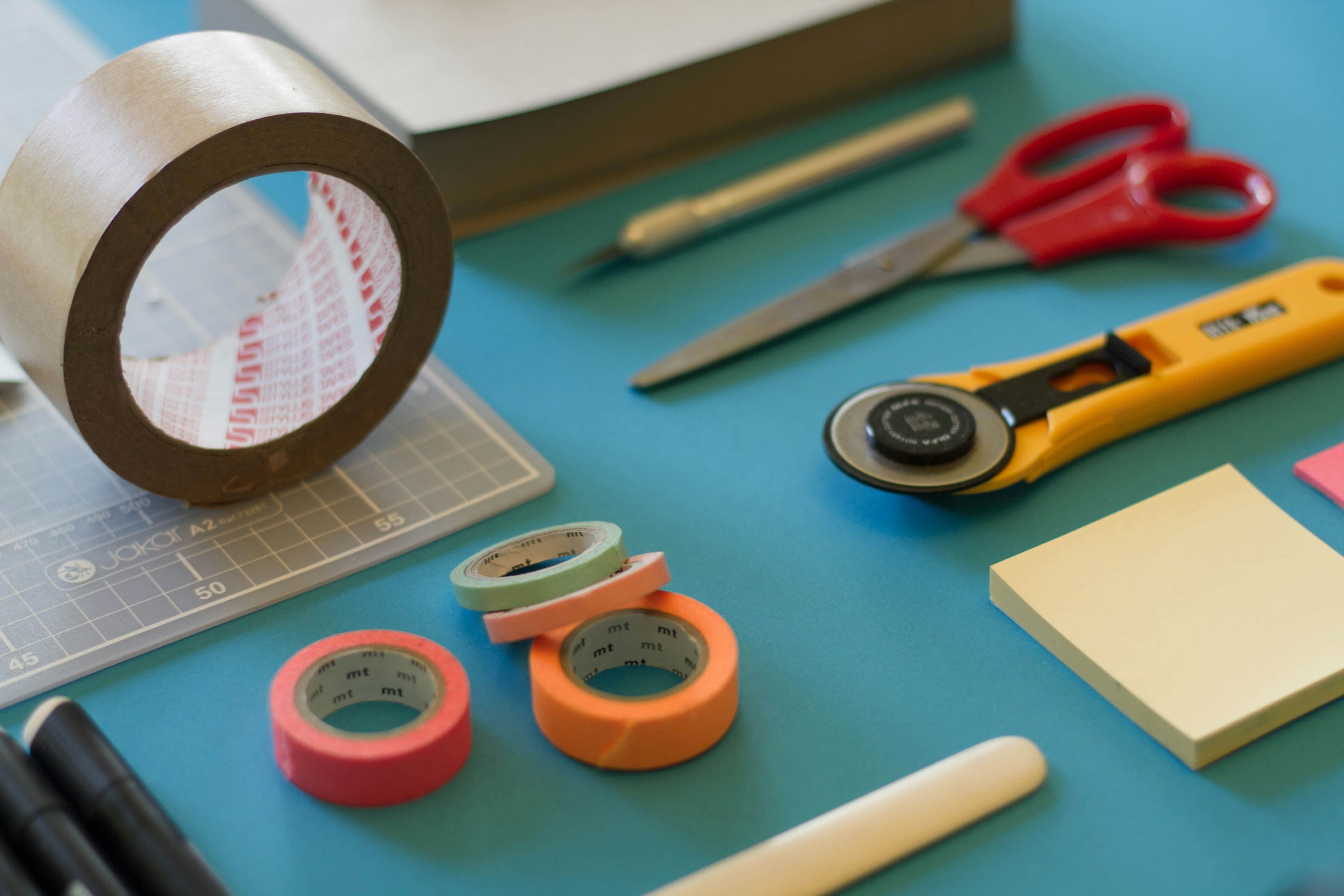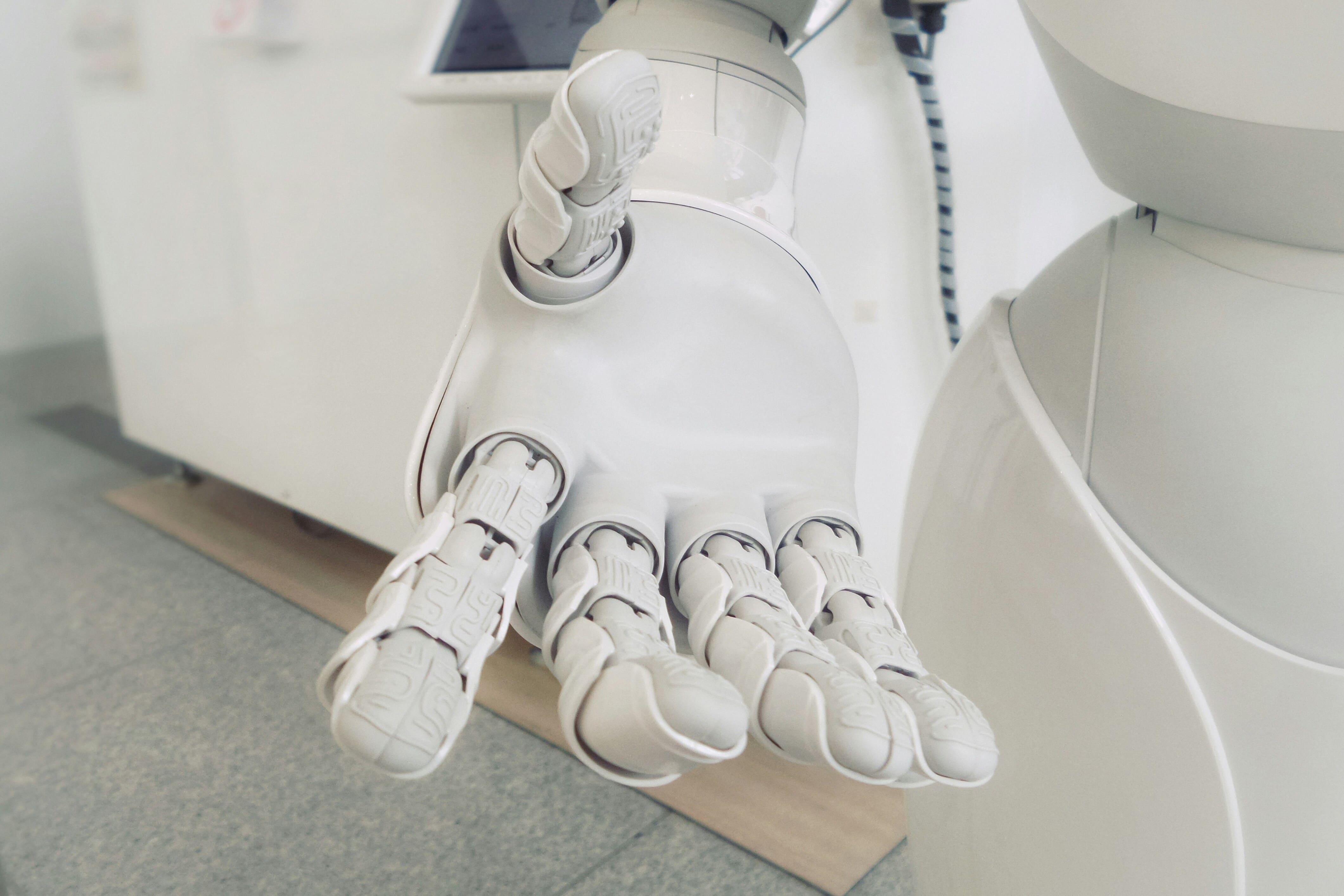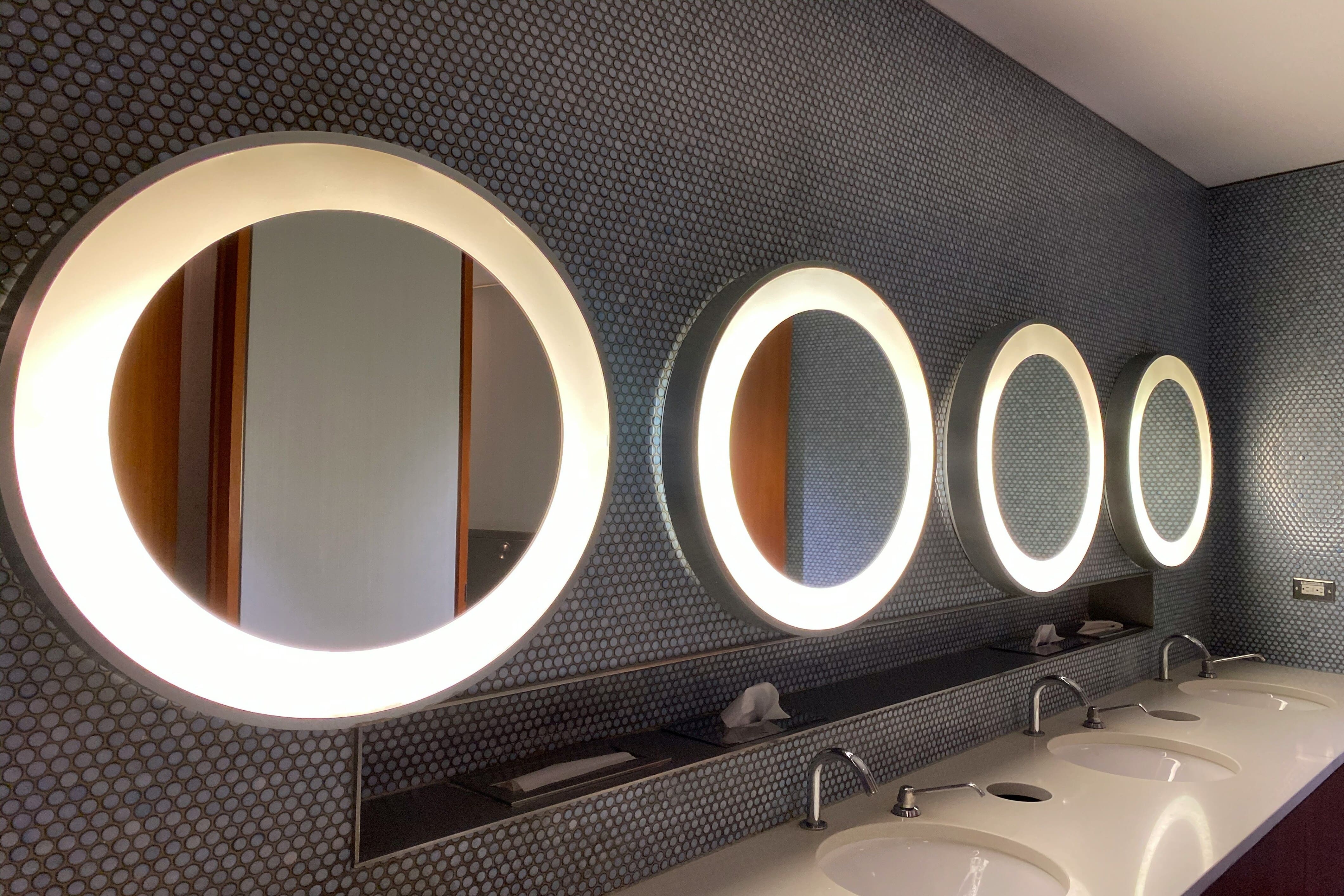How to Use 3D Printing in School Projects
“ Use 3D printing in your school projects to create and visualize models quickly and innovatively. #3DPrinting #SchoolProjects”
Introduction
3D printing is a technology that has revolutionized the way objects are manufactured. It consists of the creation of three-dimensional objects from a digital design. In recent years, this technique has become increasingly accessible and popular, and has found multiple applications in various fields, including education.
What is 3D printing?
3D printing is an additive manufacturing process, which means that objects are created by adding material layer by layer, rather than subtracting material as in traditional manufacturing. The process begins with a digital model, created with 3D design software or scanned with a 3D scanner. The model is divided into layers and sent to a 3D printer, which uses different techniques to create the physical object from the selected material, such as plastic, resin, metal or ceramic.
Why use 3D printing in school projects?
3D printing offers an innovative way to learn and create. Students can explore their ideas and shape them into a physical object that they can touch and manipulate. Additionally, 3D printing encourages critical thinking and teamwork, as students must solve design problems and collaborate to carry out a successful project. It also gives them the opportunity to learn about new technologies and develop skills in using 3D design software.
How to use 3D printing in school projects?
There are a wide variety of school projects that can be done with the help of 3D printing. Some ideas include:
- Anatomy Models: Students can create 3D models of different parts of the human body, such as the heart or brain, to study their structure and function.
- Building Models: Students can design and build models of famous buildings, such as the Eiffel Tower or the Colosseum, to learn about architecture and geography.
- Educational Toys: Students can use 3D printing to create educational toys, such as puzzles or construction games, that also teach them about geometry and mechanics.
- Replacement Parts: Instead of purchasing new parts, students can design and print replacement parts for items that have been broken at school, such as pencils or board game pieces.
- Invention Prototyping: Students can use 3D printing to create prototypes of their invention ideas and test their functionality before manufacturing them on a larger scale.
In addition to these ideas, there are numerous online school projects that use 3D printing, such as creating prosthetic hands for children, or building models of molecules and chemical structures.
Benefits of 3D printing in school projects
3D printing offers numerous benefits in the educational field:
- Stimulates creativity: By allowing students to turn their ideas into tangible objects, 3D printing stimulates creativity and innovation.
- Facilitates visual learning: By creating physical objects, 3D printing helps students better understand abstract concepts and visualize ideas.
- Promotes teamwork: 3D printing encourages collaboration and teamwork, as students must work together to design and produce an object.
- Develops technological skills: Students learn to use 3D design software and become familiar with advanced technologies, preparing them for future careers in related areas.
- Reduces costs: 3D printing allows students to create personalized objects without having to purchase them, reducing costs in the classroom and promoting sustainability.
Conclusion
3D printing is a valuable and versatile tool in the classroom. By using it in school projects, students learn through experience and develop unique skills that will be useful to them in the future. Additionally, 3D printing is an exciting way to explore new ideas and encourage creativity. Without a doubt, this technology will continue to be an important part of education in the coming years.





